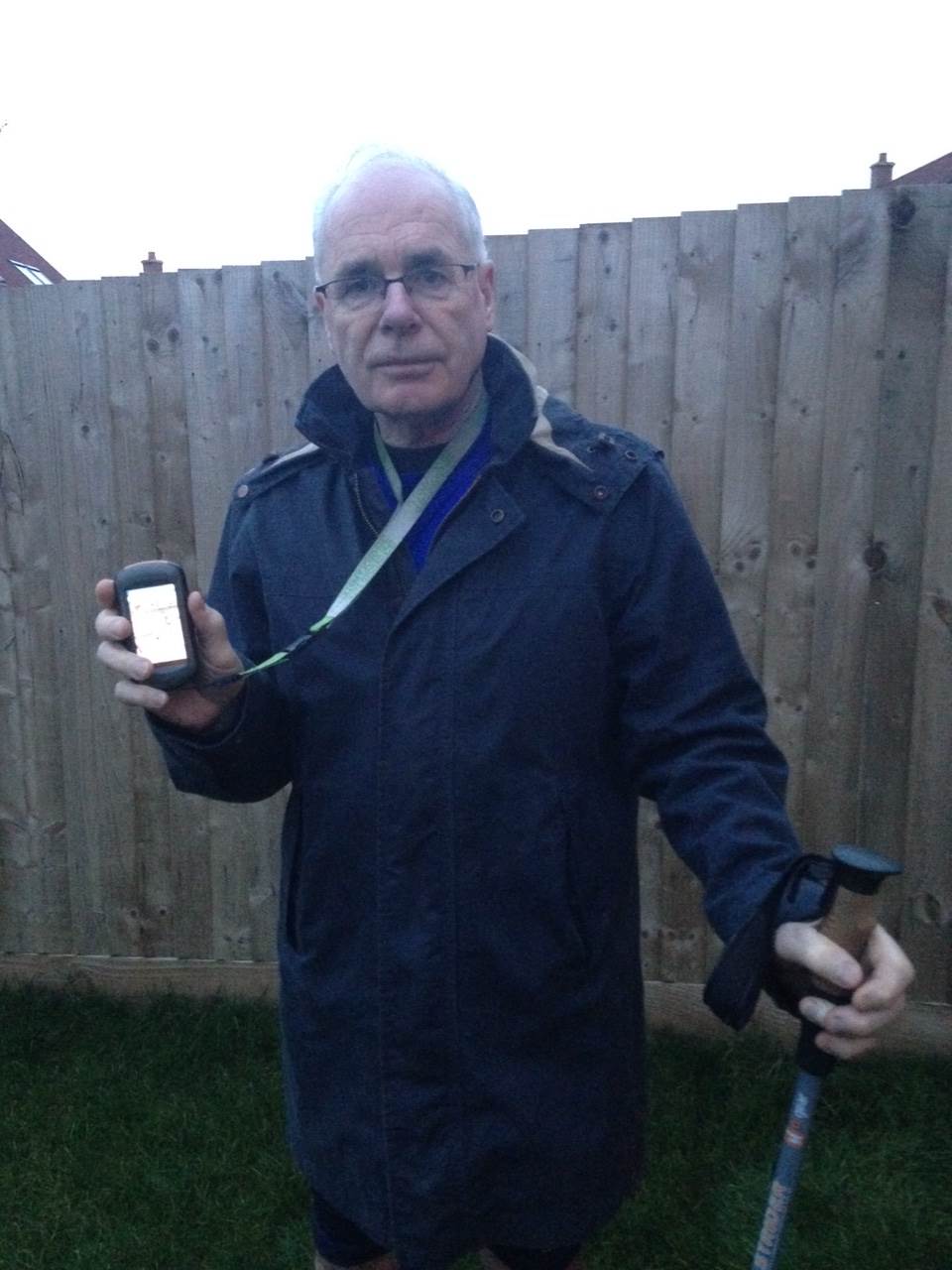Pokemon - forget it and do the real thing!
19 February 2017

Geocaching is a recreational activity, in which participants use a Global Positioning System (GPS) receiver or mobile device and other navigational techniques to hide and seek containers, called “geocaches” or “caches”, at specific locations marked by coordinates all over the world.
A typical cache is a small waterproof container containing a logbook and sometimes a pen or pencil. The geocacher enters the date they found it and signs it with their established code name, in order to prove that they found it. After signing the log, the cache must be placed back exactly where the person found it. Larger containers such as plastic storage containers (Tupperware or similar) or ammunition boxes can also contain items for trading, such as toys or trinkets, usually of more sentimental worth than financial. Geocaching shares many aspects with benchmarking, trigpointing, orienteering, treasure-hunting, letterboxing, and waymarking.
Whilst there are 3 million geocaches all over the world, Stowe’s landscape gardens are host to a circular walk covering 7 miles, with over 30 geocaches hidden back in 2012 which have been found by over 200 participants.
Geocaching makes a walk so much more interesting and takes you to places you would not otherwise visit. I have found over 3,000 geocaches in seven different countries, and have hidden over 200 myself in the Buckinghamshire area, for more information, visit www. geocaching.com and join the world’s fastest growing outdoor activity.
Geoff Higgins, Head of Catering Services